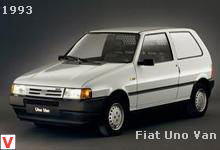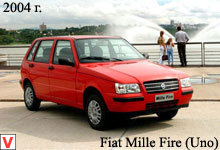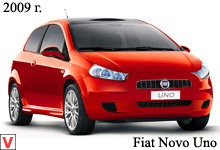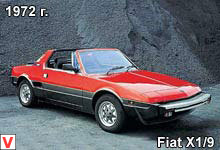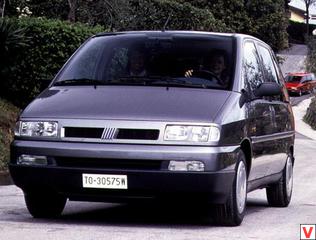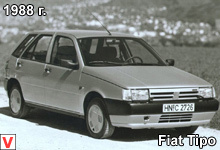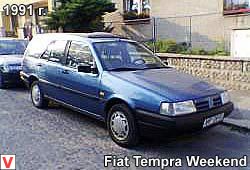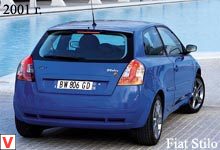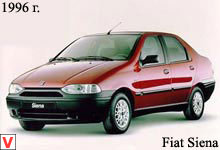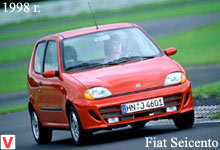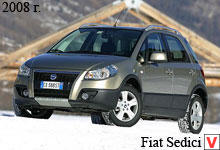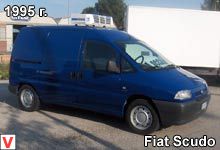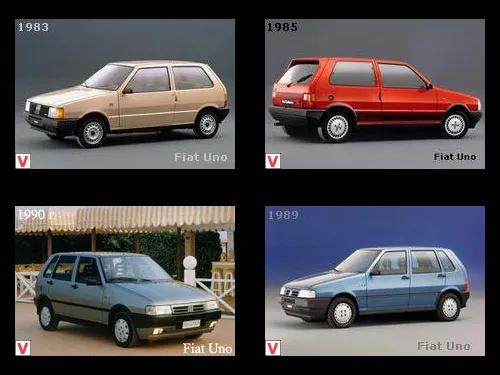
Fiat Uno Class B front-wheel hatchback was introduced by FIAT in March 1983 in Geneva. His appearance on the market contributed to the restoration of the positions lost by this automaker during the energy crisis of the 1970s. The model was the result of the largest for that time financial investment in the history of the company, and hopes were justified: Uno was a huge success in its segment and became truly massive.
In the first years of its production, every third car produced in Italy wore this brand. It was “number one” - Uno remained the most popular in the Apennine peninsula for more than a decade. Over the years of release, more than 8 million units of cars were sold. In May 1995, Fiat Uno was removed from the assembly line in Italy (he was replaced by the heir - Fiat Punto) and transferred for production to the Polish factory Fiat-Polsca in Bielsko-Biala, to the Turkish division of Tofas-Fiat, and also to the Egyptian branch of EI Nasr, where This model is produced to the present.
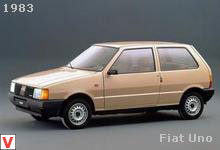
In addition, at the Brazilian FIAT plant in Betim-Minas Giraesh, since 2004, they have been collecting upgraded versions of Fiat Mille Fire (export name Uno). This brand is available in Brazil since 1984 and has undergone the 7th update in a row. Compact commercial Uno Furgao cars (in Europe Uno Van) with plastic plugs instead of side rear windows are also produced there, besides this, dorestayling Uno Van is collected in small quantities in Poland. In Argentina, produced 1.2-liter Uno Fire. In South Africa, Uno was produced until 2005. SKD model is made in Pakistan. In 2009, an entirely new generation of Fiat Uno is expected to appear in Italy.
The model is offered in 3-and 5-door body versions. Uno retains the angular exterior designed by ItalDesign to the distant 80s; the drag coefficient of the body, by the way, was then 0.34. Now it is a bit more streamlined, with a changed plastic grille, combined with a bumper. Dimensions of the car are 3692/1548/1445 mm with a base of 2361 mm and a track 1337/1357 mm. Clearance is 150 mm.
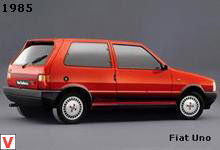
The salon, modernized in 2004, is equipped with a new convenient steering wheel and is trimmed with improved, modern materials. A well-designed interior of the car leaves a sufficiently large legroom, and the steering column is height adjustable. The basic equipment includes power steering, electroproof headlights, seat belt pretensioners, power locks, and air conditioning, sunroof, electric windows and mirrors, etc. are available for an extra charge. The luggage compartment volume is 290/968 l, and the car's load capacity is 400 kg.
The first models in the basic configuration used an outdated engine of 0.903 liters (45 hp, maximum speed of 140 km / h), similar to the one equipped with the Fiat 127. In 1985, the engine of the new Fire series, 0.999 l, equipped with a central electronic Magneti-Marelli injection and produced by a new automated technology on a robotic line. This 4-cylinder 8-valve petrol power unit (55 hp, 83 Nm) was installed on the Brazilian version for quite a long time, since 2005 they have been feeding only on ethanol (66 hp, 92 Nm), and in Brazil, petrol engines have been removed from production. In addition, a number of other, more powerful gasoline and diesel engines were subsequently used.
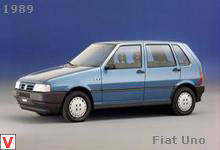
For example, the power of a 1.4-liter gasoline engine with a turbocharged model Uno Turbo (production years 1985-89) was originally 100 hp, and since 1989 - 114 hp This car developed a speed of more than 200 km / h, and the acceleration time from zero to 100 km / h did not exceed 8.3 s. Over the years, the model also installed gasoline engines of 0.9 liters (45hp), 1.0 liters (46 hp), 1.1 liters (51-57 hp), 1.5 liters (76 hp), diesel 1.7 l (58 hp), 1.9 l (60 hp) and 1.4 liter turbo diesel (72 hp).
Uno with an R4 8V 1.4 liter engine (71 hp, 106 Nm) accelerates to 100 km / h in 12.4 s, the maximum speed is 165 km / h, and the consumption of 95th gasoline is 9.4 l in urban and 5.6 liters per hundred in the country cycle. The model is equipped with a 5-speed manual gearbox. Independent front suspension with spring struts, triangular wishbones and anti-roll bar.
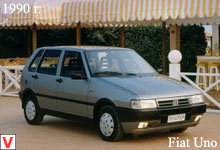
Rear semi-dependent with trailing arms, coil springs and telescopic shock absorbers. Disc brakes front and rear drum, ABS comes as an option. The standard tire size is 145 / 80R13.
Other images auto Fiat Uno
